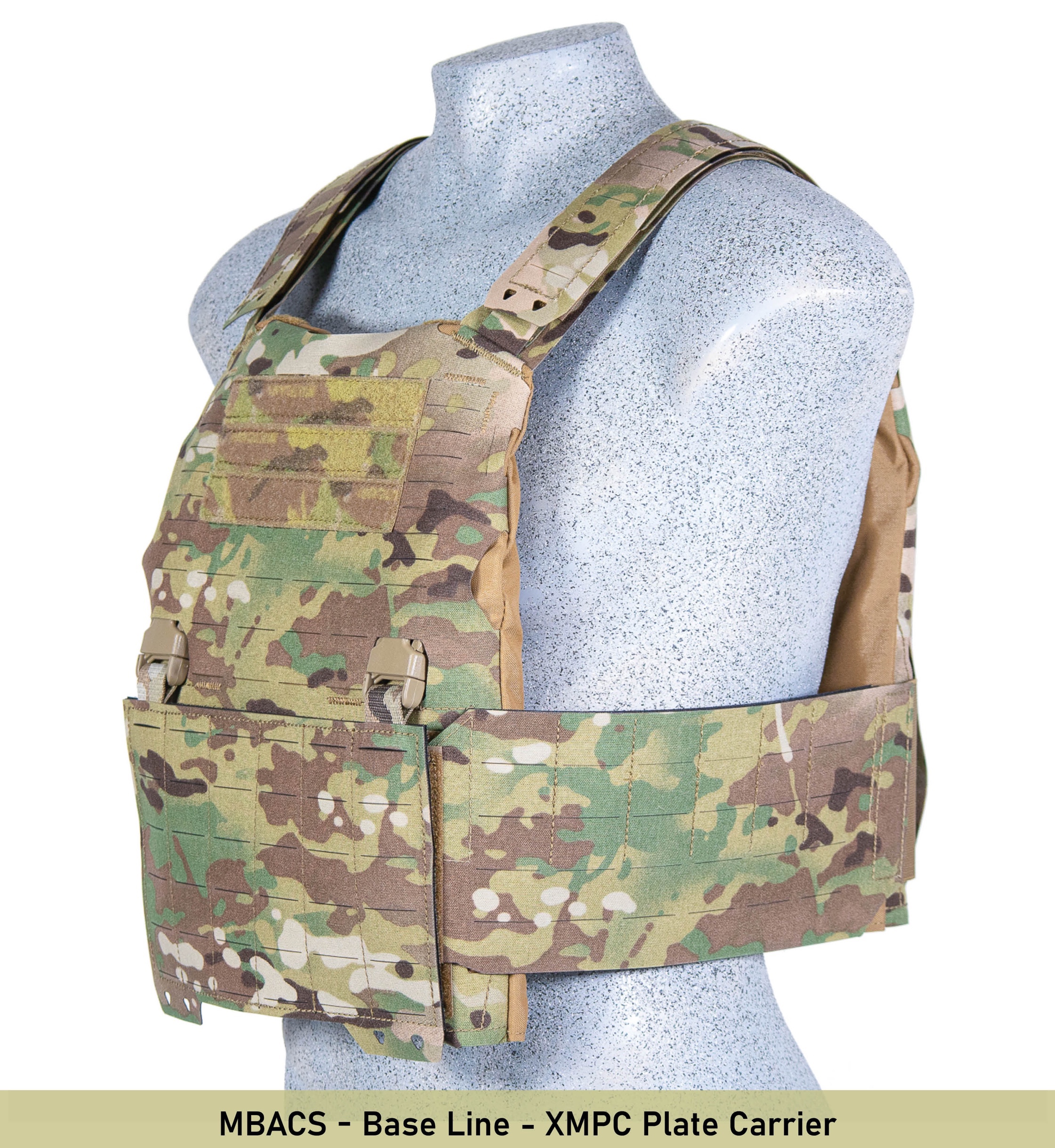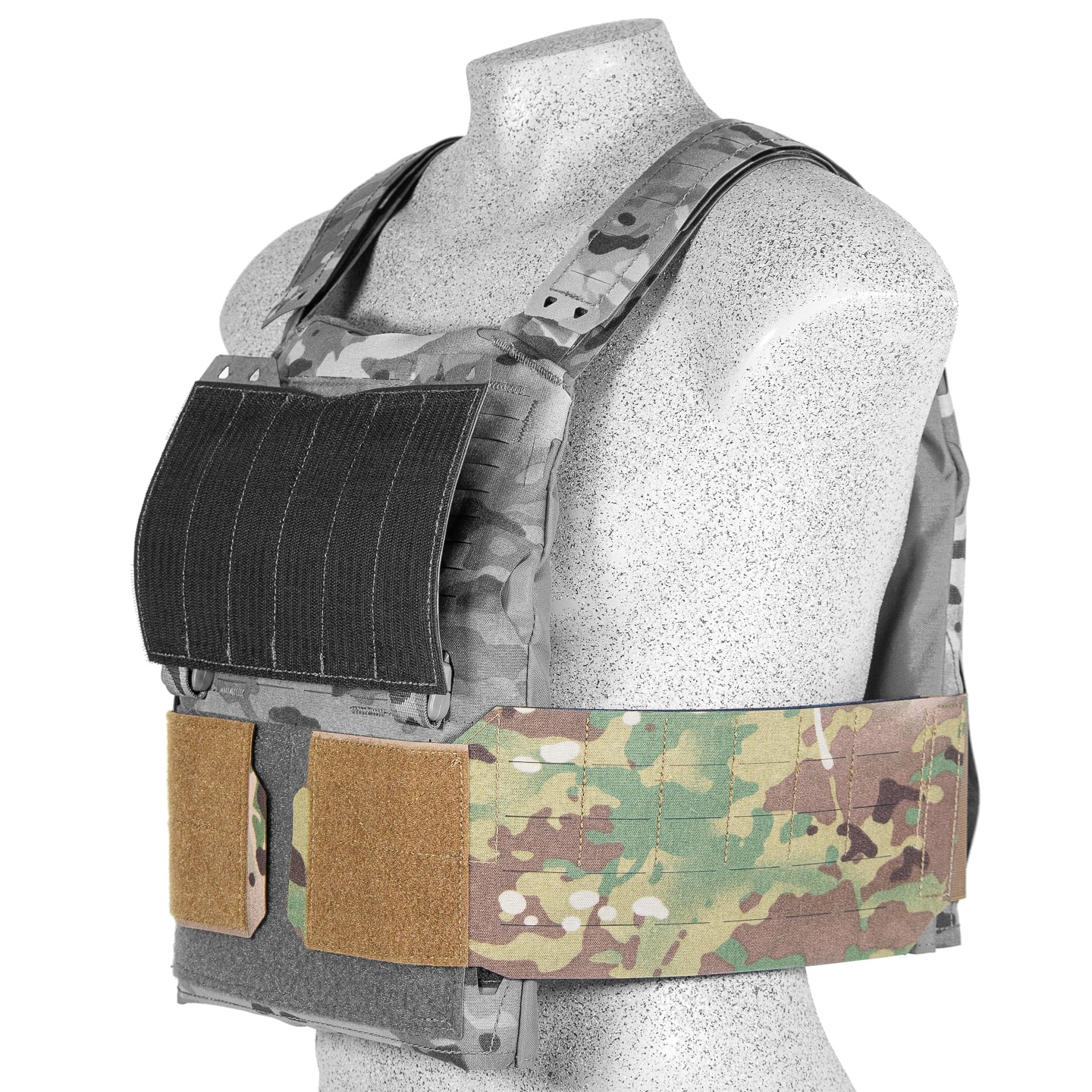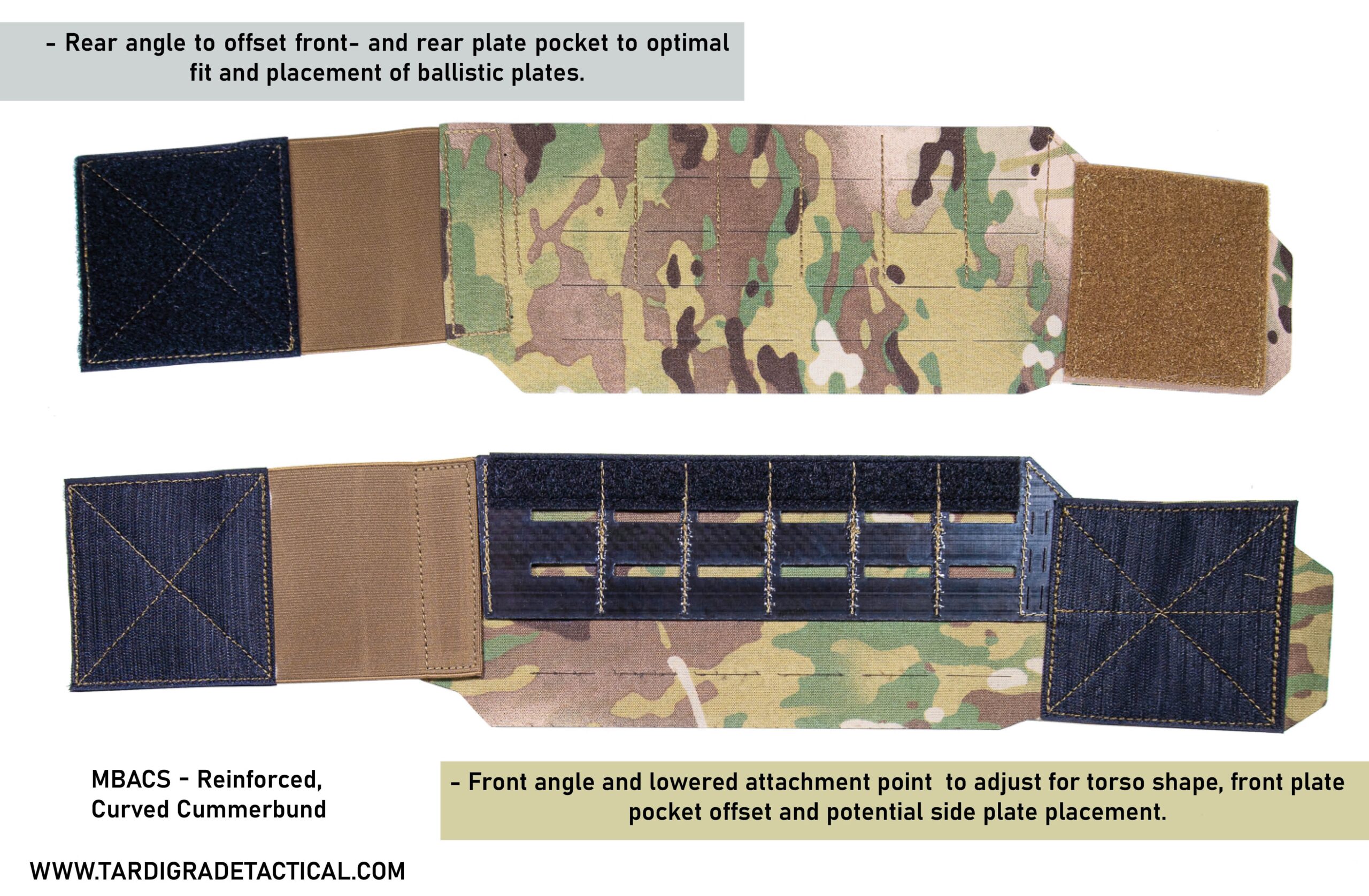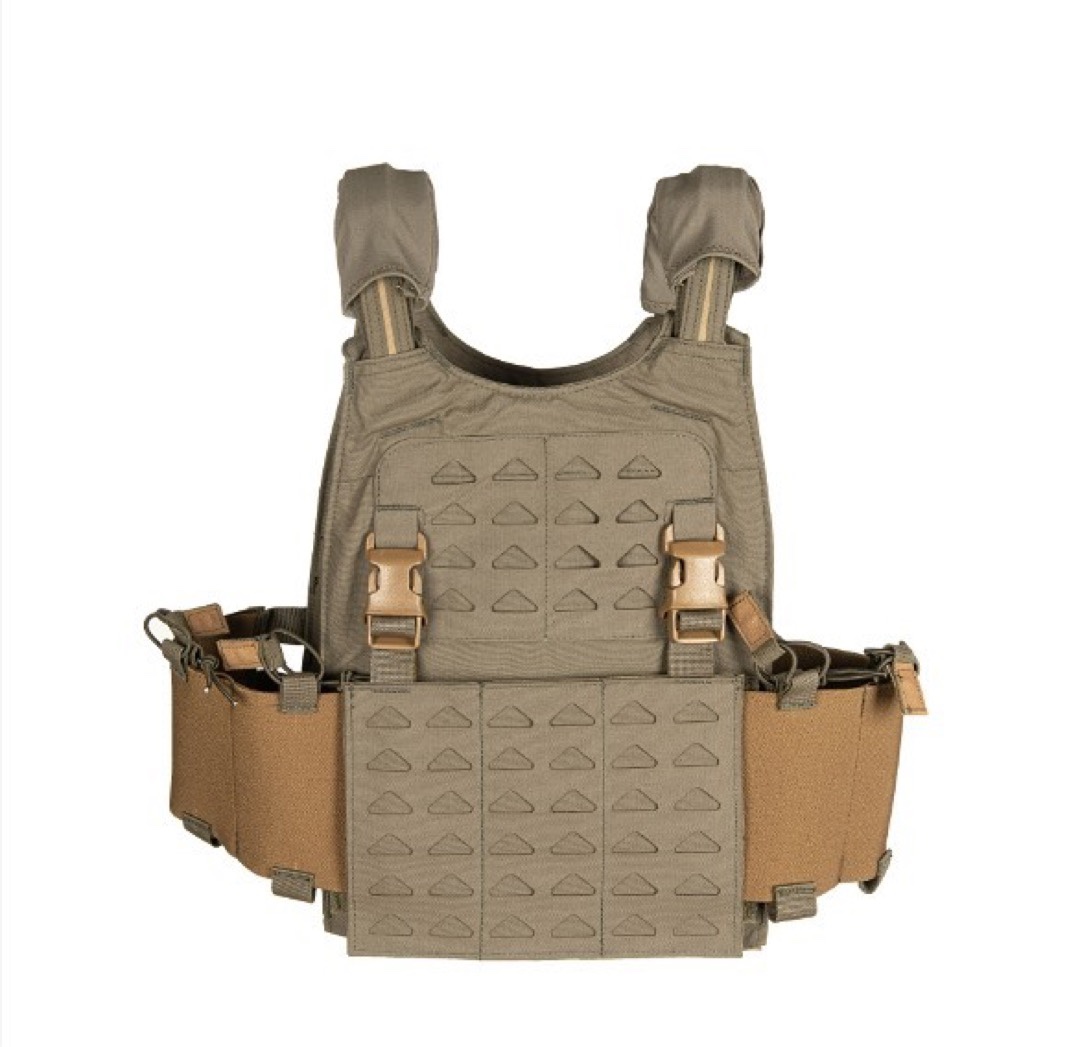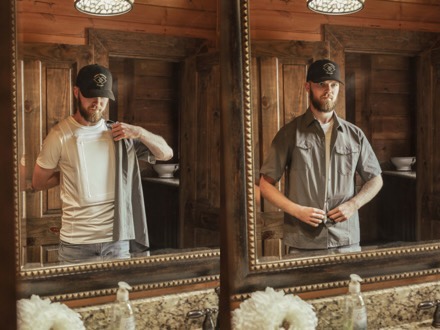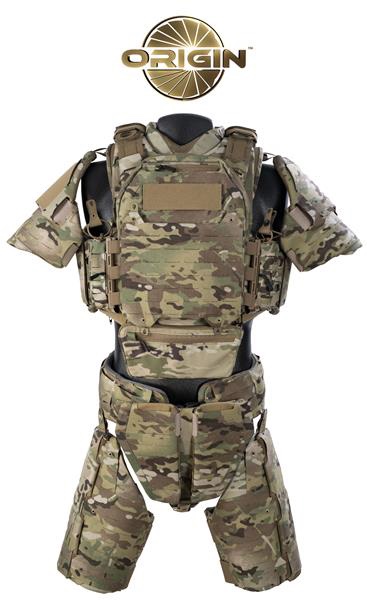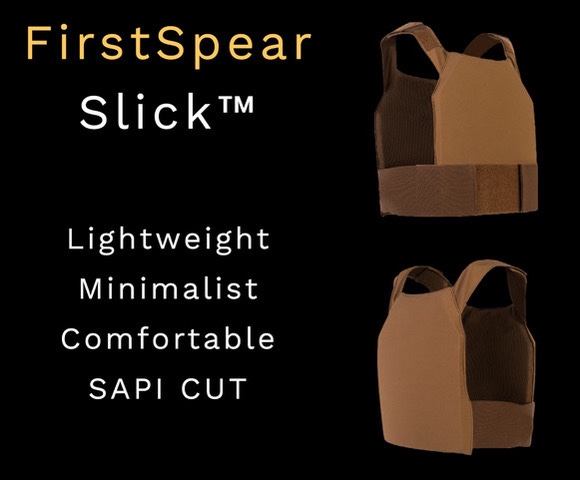POMPANO BEACH, Fla., Sept. 23, 2022 — Point Blank Enterprises (“Point Blank”), the worldwide leader in the production of soft body armor and related protective solutions, will be demonstrating its newest innovations in tactical armor systems, carrier designs and hard-armor products at the 2022 National Tactical Officers Association (NTOA) Tactical Operations Conference. Point Blank will display its range of innovative offerings at booth (#301) during the expo, which runs from Sept. 25-26 at the Wisconsin Convention Center, Milwaukee.
In 2013, Point Blank introduced the first ballistic systems designed with Dyneema® Force Multiplier Technology called Alpha Elite®. This revolutionary ballistic technology was engineered to defeat high-velocity handgun rounds and fragmentation with minimal backface-deformation and superior multi-hit protection. During independent testing, the Alpha Elite ballistic package exceeded all performance requirements.
Since its launch, Dyneema® Force Multiplier Technology has been adopted rapidly in armor applications due to its unmatched light weight and high ballistic performance. Using Dyneema®, the world’s strongest fiber™ as a base, fibers are layered in a crisscross pattern at 0 and 90 degrees to create unidirectional material that provides even and rapid distribution of energy. The Dyneema® Force Multiplier technology platform enables protective solutions such as vests, shields, rifle threat plates, and helmets that offer unparalleled performance, weight reduction and comfort due to breakthrough polymer science, next-generation fiber technology and unique unidirectional engineering. These advantages enhance the abilities of law enforcement and armed services personnel to perform demanding job requirements with the confidence that only comes from the unmatched ballistic stopping power of Dyneema®.
Over the past 8 years, nearly 700,000 Alpha Elite systems have been provided to American law enforcement. “The Alpha Elite ballistic system is clearly the number one choice in America, and we are honored to protect the protectors as we experience what is certain to be one of the dangerous times in law enforcement history,” advised Michael Foreman EVP, Point Blank Enterprises.
Thousands of officers from law enforcement tactical units worldwide, many of them the largest and most prestigious in the world, rely on the Alpha Elite ballistic systems. These include the New York Police Department (NY), Los Angeles County Sheriff’s Department (CA), Chicago Police Department (IL), Orlando Police Department (FL), Orange County Sheriff’s Office (FL), Washington DC Metro (DC), Baltimore City Police (MD), Virginia State Police (VA) and several other prominent agencies.
NTOA attendees are invited to view the latest capabilities at the Point Blank booth (#301) including the new Paraclete “Origin” elite tactical platform with Alpha Elite ballistic system. All attendees will also have an opportunity to meet representatives from both Point Blank and Dyneema®, as they sponsor the Welcome Reception, held on Monday evening (6:30PM) on September 26th at the Harley Davidson Museum.
